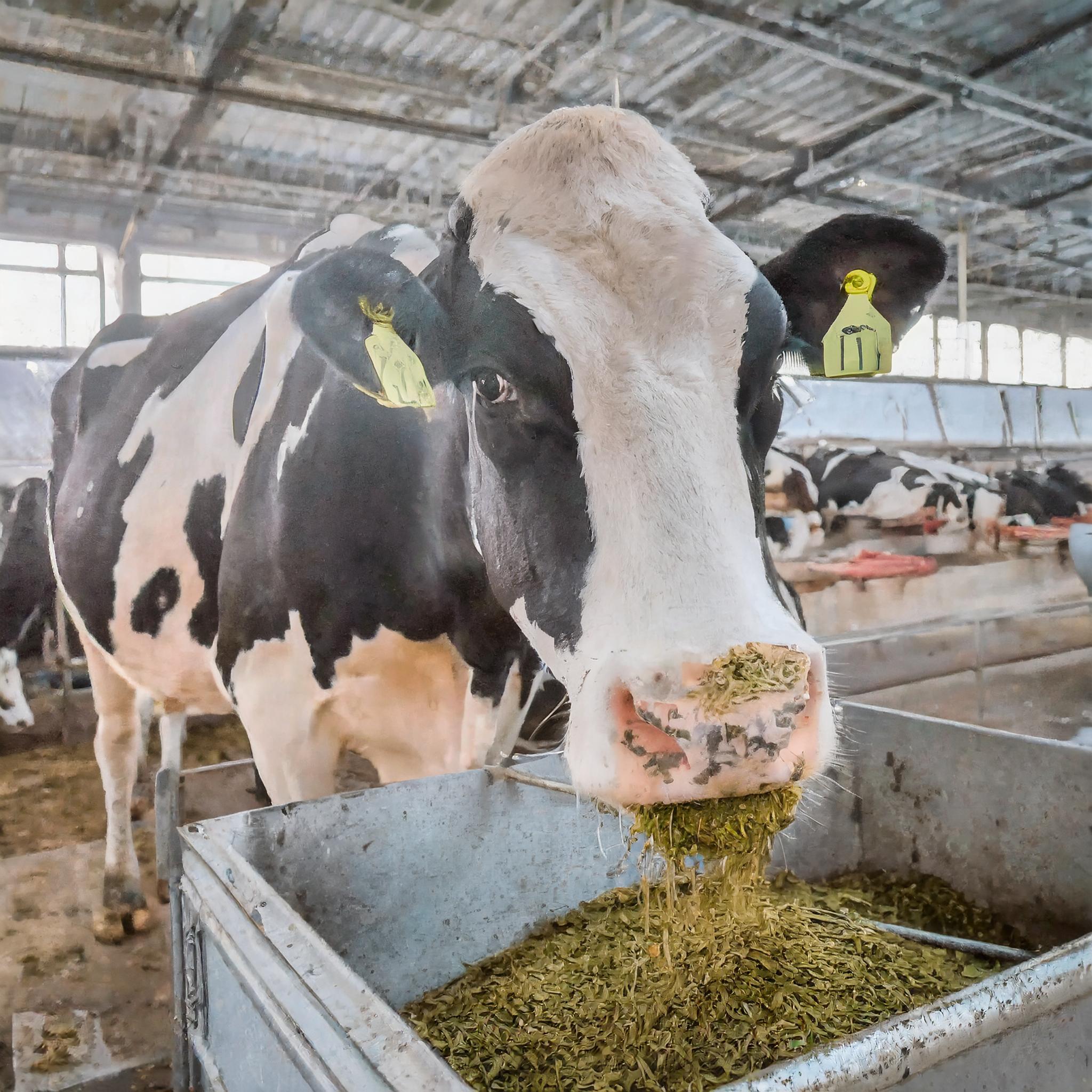 Discover the hidden secrets of feed efficiency in US Holstein heifers through a comprehensive genomic evaluation. Will this change the future of dairy farming?
Discover the hidden secrets of feed efficiency in US Holstein heifers through a comprehensive genomic evaluation. Will this change the future of dairy farming?
As we delve into the realm of dairy cattle genetics, it’s evident that a heightened interest has been kindled in improving feed efficiency traits. With an aim to increase efficiency, our study set out with pivotal objectives: estimating the genetic factors of residual feed intake (RFI), accounting for component traits like dry matter intake (DMI), metabolic body weight (MBW), and average daily gain (ADG). Furthermore, we strived to establish a system for the genomic assessment of RFI in Holstein calves.
To achieve these objectives, RFI data from 6,563 maturing Holstein heifers was meticulously collected for a period of 70 days, across 182 trials between 2014 and 2022. All trials took place at the STgenetics Ohio Heifer Center, under the auspices of the EcoFeed program, a project committed to refining feed efficiency via genetic selection.
The RFI was evaluated as the discrepancy between a heifer’s actual feed intake and its expected feed input, ascertained through a regression analysis of DMI versus midpoint MBW, age, and ADG for each trial.
Our analysis employed 61,283 SNPs, using phenotype and genotype possessing animals as our training population. Then, from a broad pool of genotyped Holstein animals, four prediction population groups were formed, each comprising 2,000 animals linked to the training population.
In our examination of these traits using the univariate animal model in DMU version 6 software, pedigree and genomic data held the keys to defining genetic relationships, estimating variance components, and determining Genomic Estimated Breeding Values (GEBV). The prediction population’s breeding values were ascertained via a two-step approach. First, the GEBV prediction equation was derived from the training population, then used it to estimate the GEBV of the prediction population.
The accuracy of these breeding values relied on an approximation reliant on segmenting a function of the training population’s GEBV accuracy and the genomic interconnections between individuals in the training and prediction population. Of note, the heifers had a DMI of 8.11 ± 1.59 kg during the trial period and a growth rate of 1.08 ± 0.25 kg/d.
The heritability estimates for RFI, MBW, DMI, and growth rate sat at 0.24 ± 0.02, 0.23 ± 0.02, 0.27 ± 0.02, and 0.19 ± 0.02, respectively. Interestingly, the range of genomic predicted transmitted abilities (GPTA) in the training population was higher compared to the prediction population groups’ GPTA ranges. From the training set, the average reliability of these breeding values was 58%, with the prediction population’s reliability a little lower at 39%.
The conclusion? Genomic prediction of RFI equips us with innovative tools to selectively improve heifers’ feed efficiency. Going forward, exploration should be directed towards determining the link between RFI within heifers and cows, enabling the selection of individuals based on their lifetime production efficiencies.









